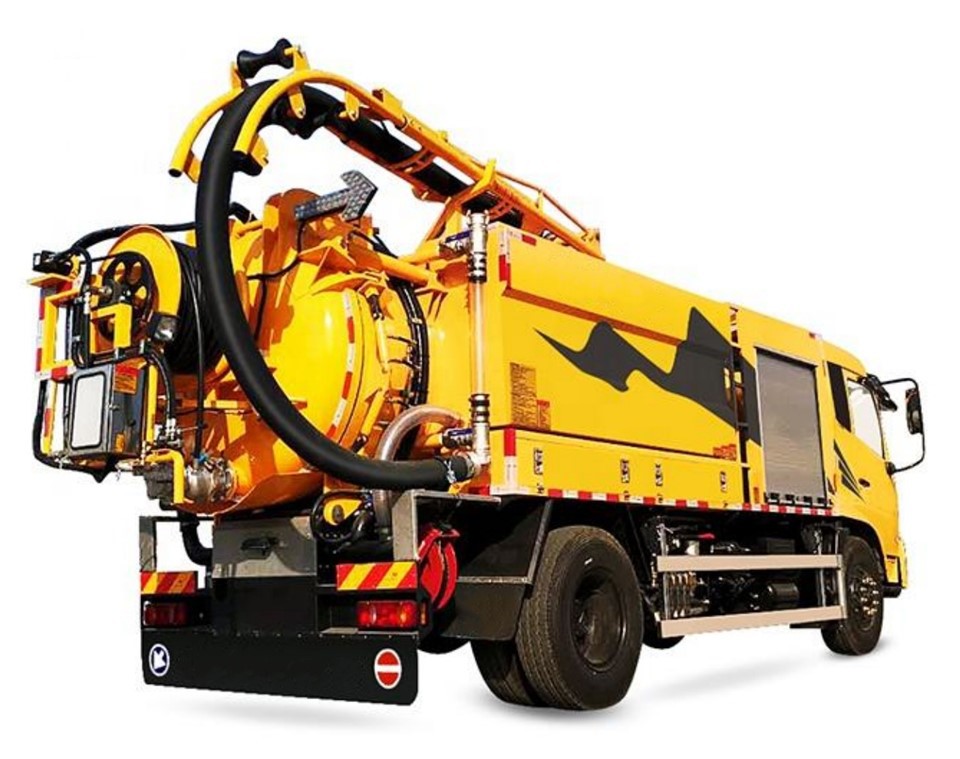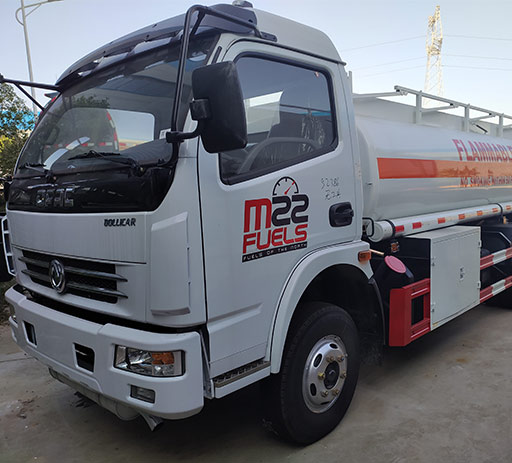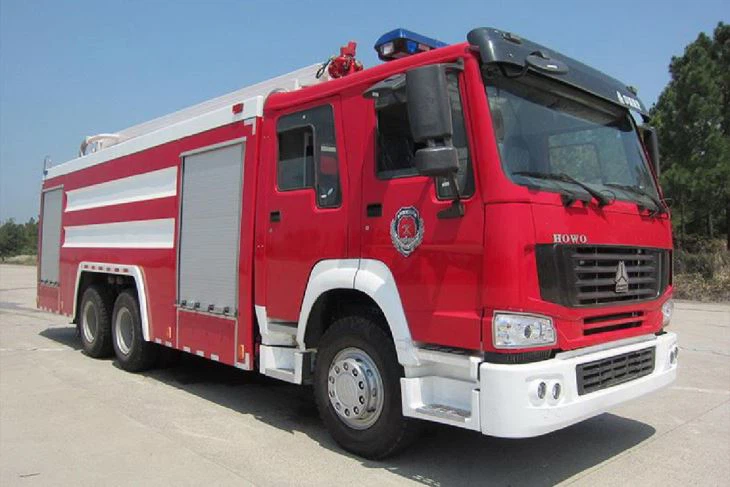Understanding 35 Tons: Applications, Impacts, and Considerations

The term “35 tons” often surfaces in discussions relating to weight limits, machinery capacities, and environmental impacts. Understanding what this measurement represents, its applications across various industries, and its significance can help individuals and organizations make informed decisions. This article explores everything you need to know about 35 tons, presenting practical examples, detailed sections, and a FAQ section to address common inquiries.
Table of Contents
- Introduction to 35 Tons
- What Does 35 Tons Mean?
- Applications of 35 Tons
- Transportation and Logistics
- Construction Industry Uses
- Environmental Considerations
- Calculating Loads: Practical Tips
- Safety Standards for 35 Ton Loads
- Case Studies: Real World Examples
- Frequently Asked Questions
Introduction to 35 Tons
The term “tons” is a unit of weight measurement, and it’s essential to know the context in which 35 tons is being referenced. In the U.S., a ton is equivalent to 2,000 pounds, while in the metric system, a ton (or tonne) equals 2,204.62 pounds. Therefore, 35 tons can mean different things depending on the measurement system utilized. Understanding this measurement is crucial for industries like construction, transportation, and waste management, where weight limits dictate project viability and compliance with regulations.
What Does 35 Tons Mean?
To gain a comprehensive understanding of 35 tons, it is necessary to delineate between short tons, long tons, and metric tons:
- Short Ton (US): 2,000 pounds (907.18 kg)
- Long Ton (UK): 2,240 pounds (1,016.05 kg)
- Metric Ton: 2,204.62 pounds (1,000 kg)

For example, when referring to a 35-ton load in the U.S., it typically indicates a weight of 70,000 pounds (approximately 31,751.47 kg). Understanding these distinctions is vital, especially when importing or exporting goods across borders.
Applications of 35 Tons
35 tons has significant implications across various sectors, including:
Commercial Transportation
In commercial transportation, vehicles such as trucks are often rated by their payload capacity. A truck with a 35-ton capacity can safely transport heavy goods and machinery.
Construction Machinery
Heavy machinery, such as excavators and cranes, often have weight limits and capacities near the 35-ton mark, impacting operational efficiency and site safety.
Waste Management
In waste management, 35 tons relates directly to the capacity of waste trucks and landfills, affecting how municipalities manage refuse collection and disposal.
Manufacturing
In manufacturing settings, a machine rated for 35 tons can significantly influence production capabilities, ensuring that heavy materials can be processed efficiently.

Transportation and Logistics
Within transportation, understanding the implications of 35 tons becomes essential. Companies typically rely on weight specifications to determine freight pricing, shipping methods, and vehicle selection.
Weight Regulations
In the U.S., various federal and state regulations dictate weight limits on public roads. Exceeding the limits can result in fines, legal complications, and increased operational costs.
Load Distribution
Proper load distribution in a vehicle is crucial to ensure safety and efficiency. A 35-ton load should be distributed evenly to maintain vehicle stability and prevent accidents.
Construction Industry Uses
The construction industry extensively utilizes heavy machinery that often falls around the 35-ton range. Excavators, loaders, and cranes are pivotal to tasks such as digging, lifting, and transporting materials.
Types of Machinery
| Machinery Type | Typical Weight Capacity (Tons) | Applications |
|---|---|---|
| Excavator | 20-35 | Excavating, Site Preparation |
| Wheel Loader | 25-35 | Material Handling, Transport |
| Cranes | 30-35 | Lifting, Construction |
Environmental Considerations
The use of machinery and transportation that involve 35 tons can have considerable environmental impacts. Therefore, it’s crucial to explore sustainable practices within these industries.
Emission Control
Heavy-duty vehicles and machinery must meet stringent emission standards to reduce pollution. Understanding the environmental implications of operating 35-ton vehicles and equipment is vital for compliance and sustainability.
Material Reduction
Implementing methods to reduce waste during construction projects not only saves costs but also minimizes the ecological footprint. Optimizing the use of materials can lead to more eco-friendly practices.
Calculating Loads: Practical Tips
Proper load calculation is essential for safety and compliance. Here are some practical tips:
Consider Vehicle Capacity
Always check the manufacturer’s specifications to ensure that the vehicle can handle a 35-ton load. Exceeding this weight can lead to dangerous situations.
Measure and Weigh Materials
Prior to transport, measure and weigh materials to ensure compliance with weight limits, avoiding potential fines and safety hazards.
Factor in Load Distribution
When loading materials, distribute the weight evenly across the vehicle to maintain balance and improve safety while on-road.
Safety Standards for 35 Ton Loads
Ensuring safety when handling 35-ton loads is paramount. Various safety standards and practices must be adhered to in order to mitigate risks.
OSHA Regulations
The Occupational Safety and Health Administration (OSHA) provides guidelines regarding the operation of heavy machinery and transportation of heavy loads. Understanding and adhering to these regulations can help prevent accidents.
Training and Certification
Personnel operating heavy machinery should receive proper training and certification to handle 35-ton loads safely and effectively.

Case Studies: Real World Examples
Analyzing real-world cases helps illustrate the practical implications of 35 tons in various sectors.
Construction Project Example
A recent construction project in New York City utilized a 35-ton crane for lifting materials to a height of several stories, showcasing the crane’s efficiency in handling heavy loads safely.
Transportation Logistics Example
A logistics company ensured compliance by utilizing trucks adhering to a 35-ton load limit, showcasing how they managed costs while maintaining operational efficiency.
Frequently Asked Questions
What is the difference between a short ton, long ton, and metric ton?
A short ton equals 2,000 pounds, a long ton equals 2,240 pounds, and a metric ton equals 2,204.62 pounds.
What are the safety implications of transporting a 35-ton load?
Transporting a 35-ton load requires adherence to safety regulations, proper load distribution, and operator training to prevent accidents.
How can I determine if a vehicle can handle a 35-ton load?
Check the manufacturer’s specifications and rating plates on the vehicle to confirm its payload capacity.
Are there environmental regulations associated with heavy loads?
Yes, many regions have restrictions on emissions and waste management associated with transporting and utilizing heavy machinery.
What industries typically deal with 35-ton loads?
Industries such as construction, transportation, waste management, and manufacturing frequently handle loads around the 35-ton mark.
What steps can I take to reduce the environmental impact of using heavy machinery?
Implement effective waste management practices, minimize emissions through equipment maintenance and selection, and explore recycling options for materials.
